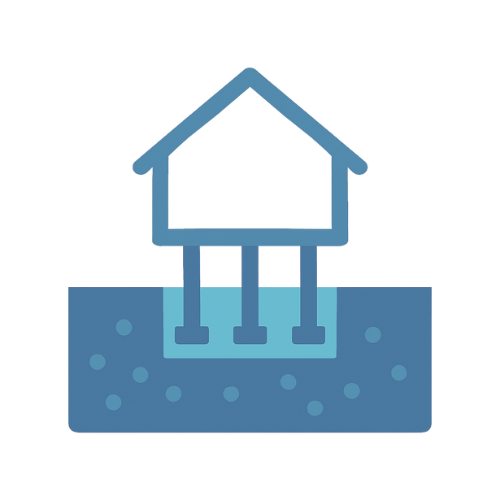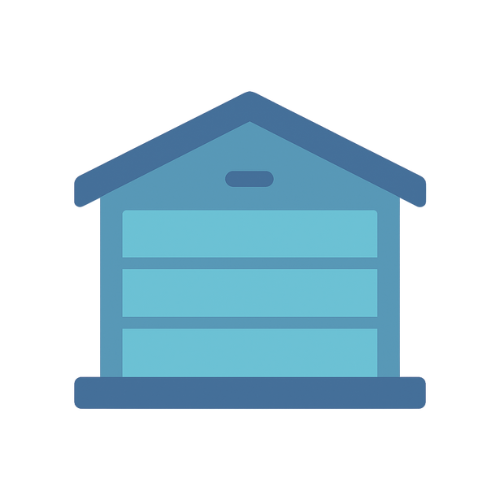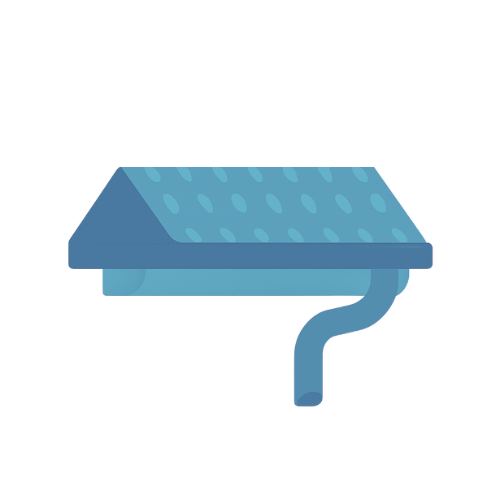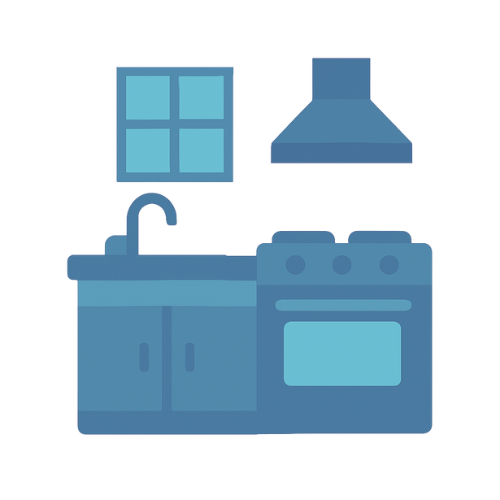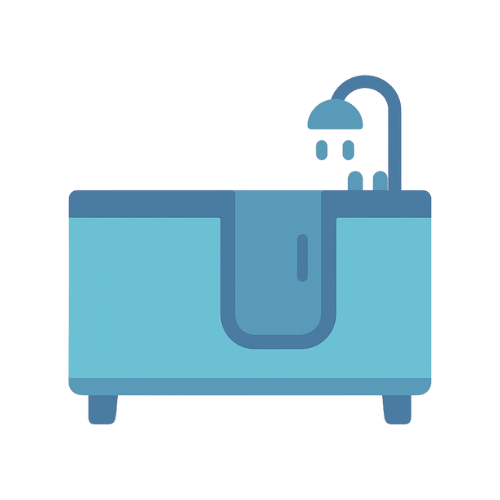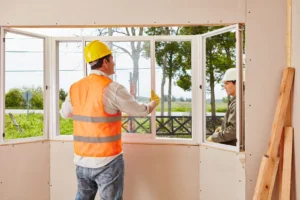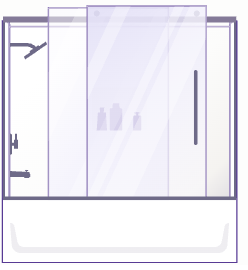Kitchen Remodeling Guide
Remodeling your kitchen is one of the most rewarding home improvements you can undertake. Whether you're aiming for a complete transformation or a simple refresh, understanding the process, costs, and current trends is crucial.
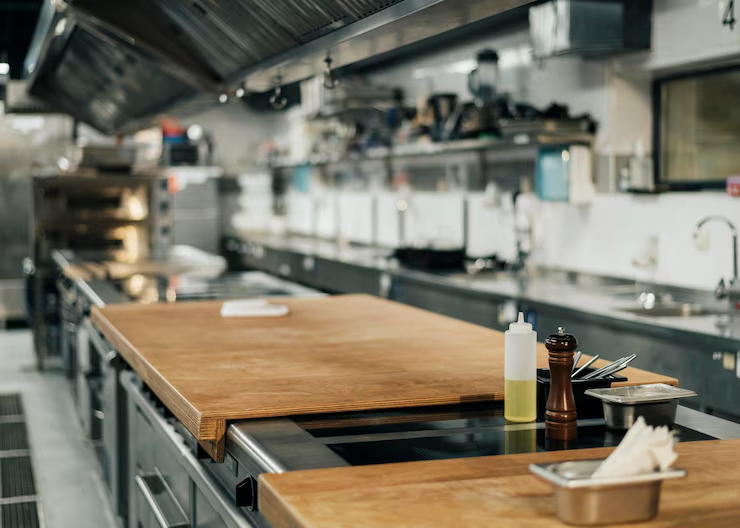
Understanding Kitchen Remodels
Remodeling your kitchen goes beyond just giving it a fresh new look—it's about creating a space that functions better for your daily life. As the heart of the home, your kitchen should be efficient, well-organized, and energy-smart. A typical kitchen renovation often involves updating elements like cabinetry, countertops, flooring, appliances, lighting, and plumbing fixtures. These choices aren’t made for looks alone—they’re selected for durability and practicality, supporting everything from meal prep to family gatherings.
As you plan your remodel, keep both the overall vision and the small, functional details in mind. The kitchen’s layout, how people move through the space, and how much storage is available will all influence how well the design serves your household’s needs.
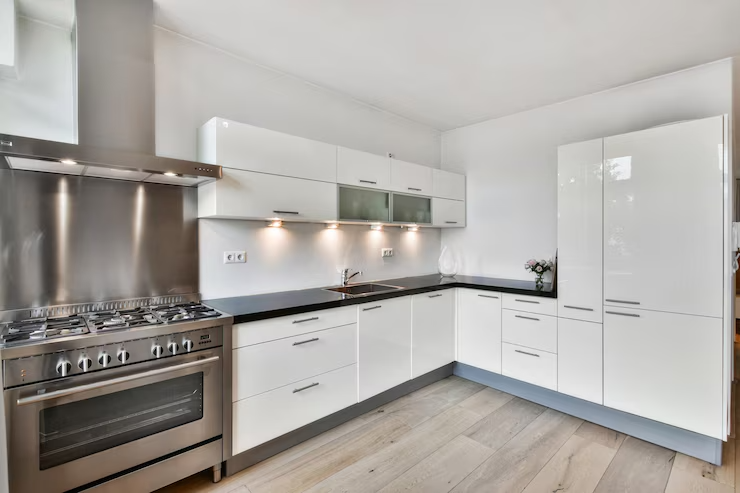
Frequently Asked Questions
How do I live in my home during a kitchen remodel? +
Planning Your Kitchen Remodel
1. Assess Your Needs and Goals
- Functionality: Consider how you use your kitchen daily. Do you need more storage, better lighting, or improved workflow?
- Aesthetics: Think about the style you desire—modern, traditional, farmhouse, or a mix.
- Budget: Determine how much you're willing to invest. Kitchen remodels can range from minor updates to major overhauls.
2. Set a Realistic Budget
According to recent data, the average kitchen remodel costs:
- Minor Remodel: Approximately $27,000.
- Major Midrange Remodel: Around $80,000.
- Major Upscale Remodel: Up to $150,000 or more.
Note: Costs can vary based on location, materials, and labor.
3. Design and Layout
- Work Triangle: Ensure efficient movement between the sink, stove, and refrigerator.
- Open Concept: Consider removing walls to create a more open and connected space.
- Storage Solutions: Incorporate pull-out shelves, lazy Susans, and vertical storage to maximize space.
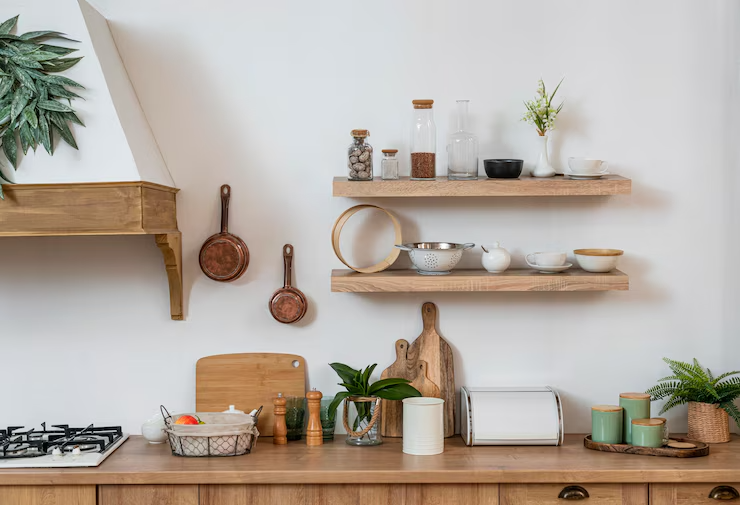
Frequently Asked Questions
What is the best time of year to remodel a kitchen? +
Steps to a Successful Remodel
- Hire Professionals: Engage experienced contractors and designers to bring your vision to life.
- Obtain Permits: Ensure all necessary permits are secured before starting work.
- Prepare for Disruption: Set up a temporary kitchen space and plan for the duration of the remodel. Smaller projects may take 1-2 weeks, while larger ones can extend up to 6 weeks.
- Regular Communication: Maintain open lines of communication with your contractor to stay updated on progress and address any issues promptly.
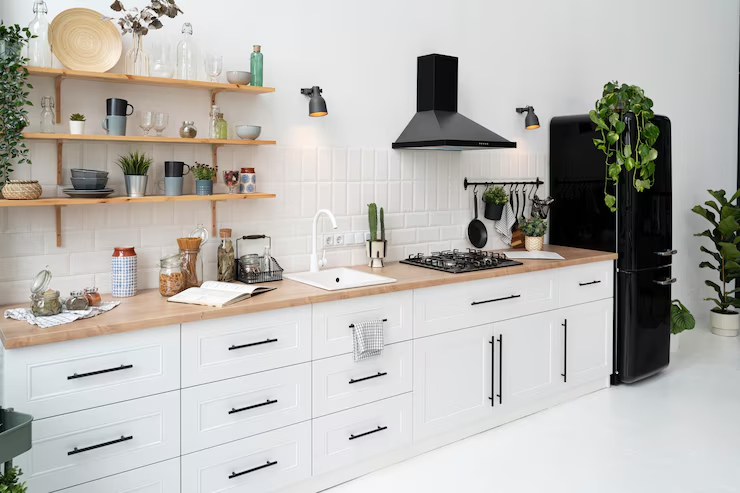
Frequently Asked Questions
How much value does a kitchen remodel add to my home? +
Should I upgrade appliances during my remodel? +
Tips for a Smooth Remodel
- Plan Ahead: Make all design decisions before construction begins to avoid delays.
- Quality Over Quantity: Invest in high-quality materials and appliances that will stand the test of time.
- Stay Flexible: Be prepared for unexpected challenges and adapt as needed.
- Focus on Lighting: Incorporate a mix of task, ambient, and accent lighting to enhance functionality and ambiance.
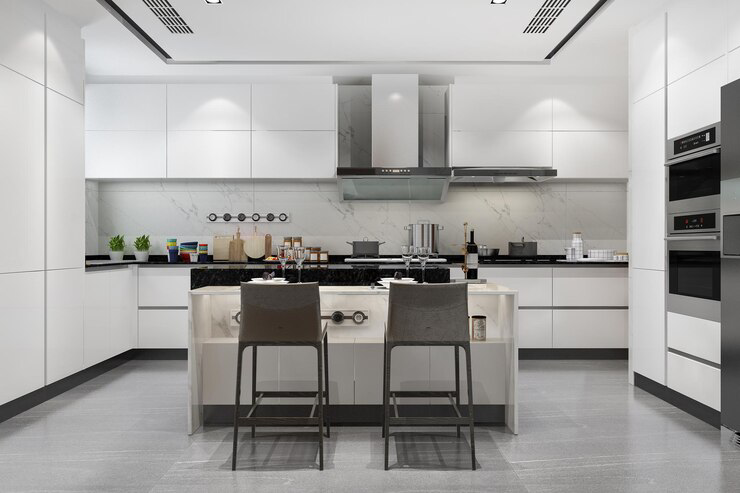
Kitchen Remodel Challenges and How to Avoid Them
Even with thorough planning, kitchen remodels can sometimes hit a few bumps. Knowing what issues commonly arise—and how to prepare for them—can save you time, money, and stress. Below are some typical setbacks homeowners face during a kitchen renovation, along with practical ways to navigate them:
Hidden Structural Surprises
Tearing down walls or lifting floors can reveal problems like outdated wiring, leaky plumbing, or hidden water damage.
Pro Tip: Set aside an additional 10–20% of your budget for unexpected repairs.
Delays in the Timeline
Your schedule can be disrupted by supply chain issues, permitting holdups, or contractor availability.
Pro Tip: Order key materials well in advance and work with contractors who provide clear timelines.
Going Over Budget
It’s easy to blow past your budget when making on-the-fly changes or dealing with surprise costs.
Pro Tip: Define your must-haves early on and build in a financial buffer to stay on track.
Design Missteps
A poorly thought-out layout can lead to workflow inefficiencies, limited storage, or poor lighting.
Pro Tip: Partner with an experienced designer or contractor to ensure both style and function are prioritized.
Subpar Workmanship or Materials
Using low-grade materials or unqualified labor can cause long-term issues.
Pro Tip: Choose skilled, licensed professionals and invest in quality materials that stand the test of time.
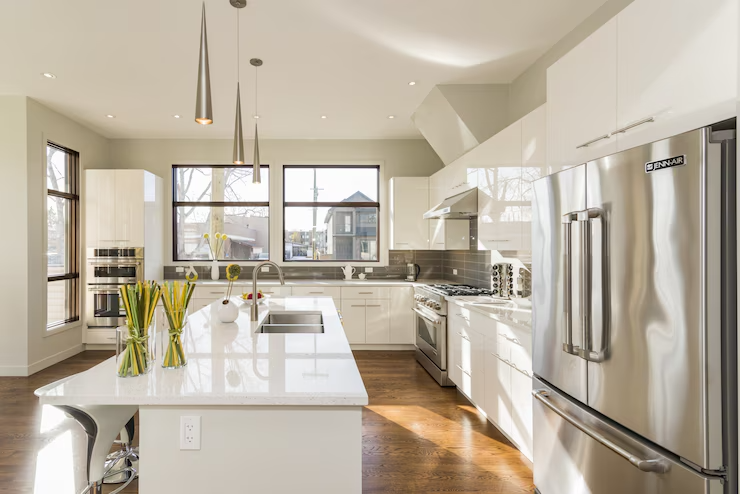
Frequently Asked Questions
Do I need to move out during a major remodel? +
How do I choose between custom and stock cabinetry? +
• Semi-custom allows more flexibility in sizing and finishes.
• Custom cabinetry is ideal for unique layouts or specific aesthetics but comes at a higher cost and longer lead time.
What’s the most frequent kitchen design mistake? +
What to Do After Your Kitchen Renovation
Now that your kitchen remodel is finished, it’s time to enjoy the transformation—but don’t skip the final steps that help protect your investment and ensure everything continues to run smoothly.
Post-Renovation To-Do List
Inspect the Finished Work
Take a final walkthrough with your contractor to confirm that all work meets your expectations and that appliances, fixtures, and finishes are functioning correctly.
Organize Warranty Documents
Gather and store all warranties for appliances, cabinetry, countertops, and other upgrades. Familiarize yourself with what's covered and for how long.
Plan for Ongoing Maintenance
Routine upkeep—like checking for minor leaks, tightening hardware, and cleaning surfaces—can help your new kitchen stay in top shape for years.
Keep Contractor Details Accessible
Hold on to your contractor’s contact info in case any issues come up or if follow-up service is needed.
Learn Your New Tools
Spend time getting to know how to operate and care for your new appliances, hardware, and materials. Understanding their features will help you use them efficiently and keep them in good condition.






